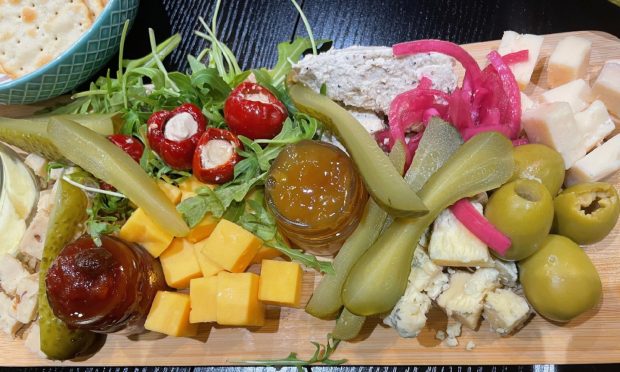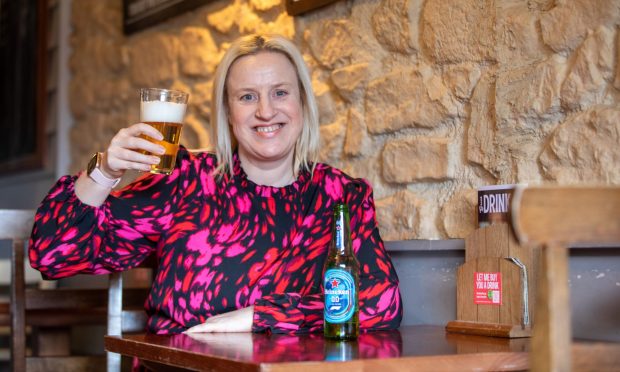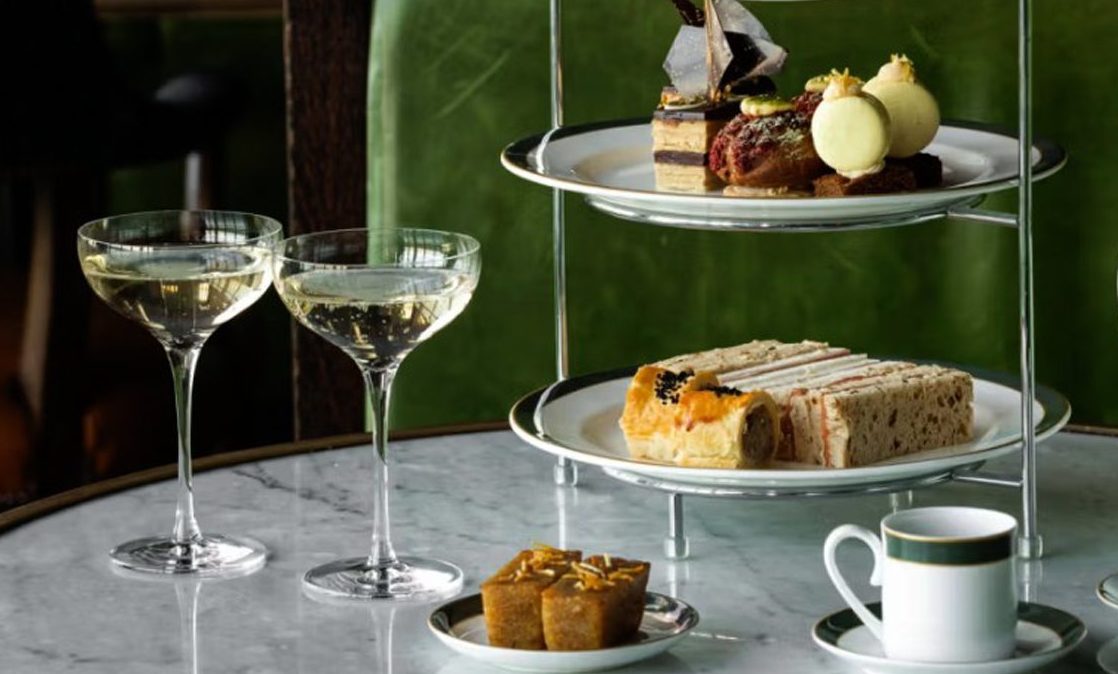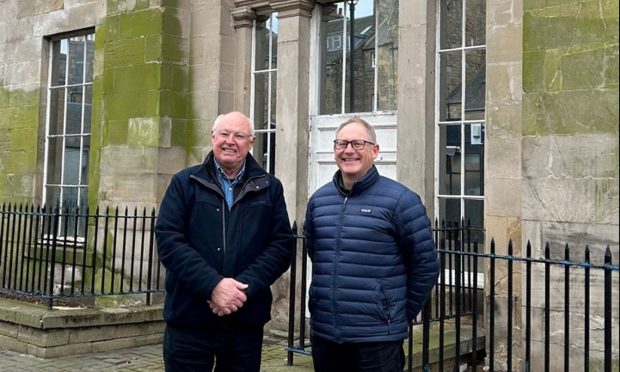People occasionally ask me what first sparked my interest in whisky. Was it pub-crawling in my youth or some family connection to the industry?
Well, there is a family connection, but a highly unusual one. When I was barely four, my granny and I passed the distillery at the bottom of our street—North Port in Brechin, long-gone and replaced by a supermarket—where two sweating men were shovelling hot draff into a farm cart. And hot draff has quite a pungent smell.
I asked Granny what they did in there and she replied, “They make whisky—it’s a drink and it doesn’t taste nice.” Even at that age, I remember thinking that grown-ups must be totally daft to build a big edifice to make a drink that didn’t taste nice. Only years later did I discover that Granny came from a generation who maybe had two drinks a year—a sweet sherry on Christmas Day and at Hogmanay…
However, her words have stayed with me all my life and I guess I always wanted to try, whatever the consequences, this unpleasant-tasting drink. Just when I first sipped the cratur I cannot recall, but my tastebuds disagreed from the start with Granny’s verdict. However, had she not made that comment, my lifelong interest in whisky might never have reared its head.
In fact my interest is mainly with distilleries—and the closure and later demolition of North Port and so many others spurred me to write Scotch Missed: Scotland’s Lost Distilleries, which has been consistently in print since it first appeared in 1993 and has over the decades spawned a wide and growing interest in lost distilleries, both in Scotland and other countries.
It has also led to some distilleries being re-opened or plans for reinstatement being drawn up and submitted. And, thanks to various legal restrictions on distilling being lifted or relaxed in recent years, swathes of small new “boutique” distilleries have been opened, producing mainly gin and vodka but also whisky and rum. They say time never stands still but right now is the time of the still.










